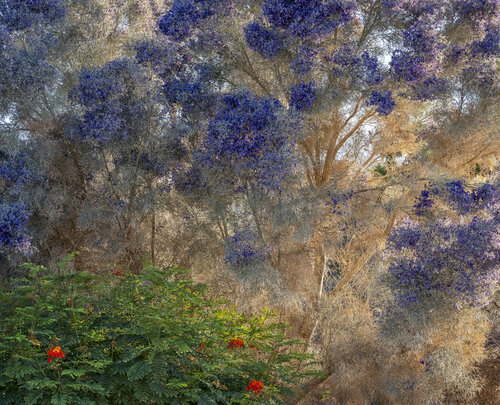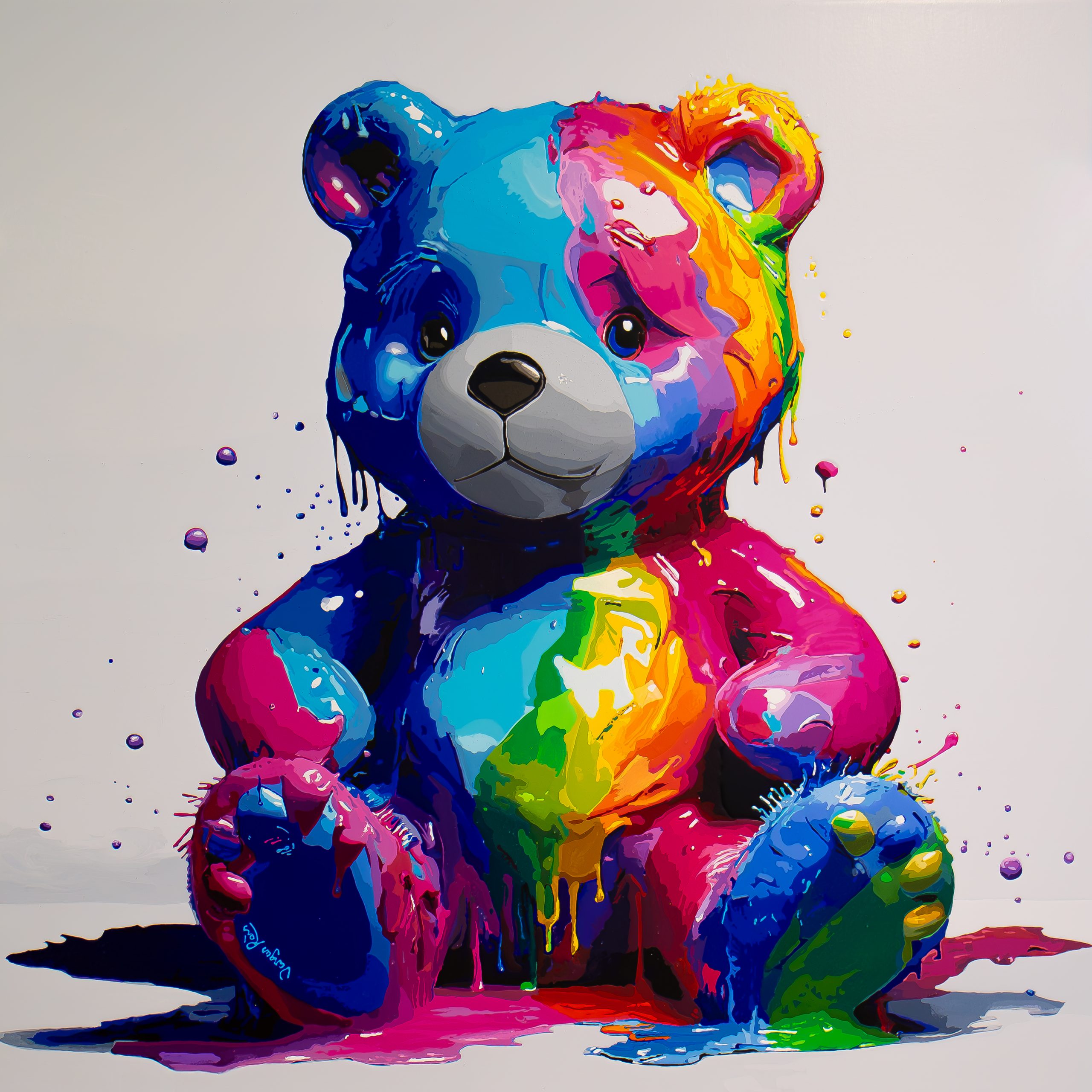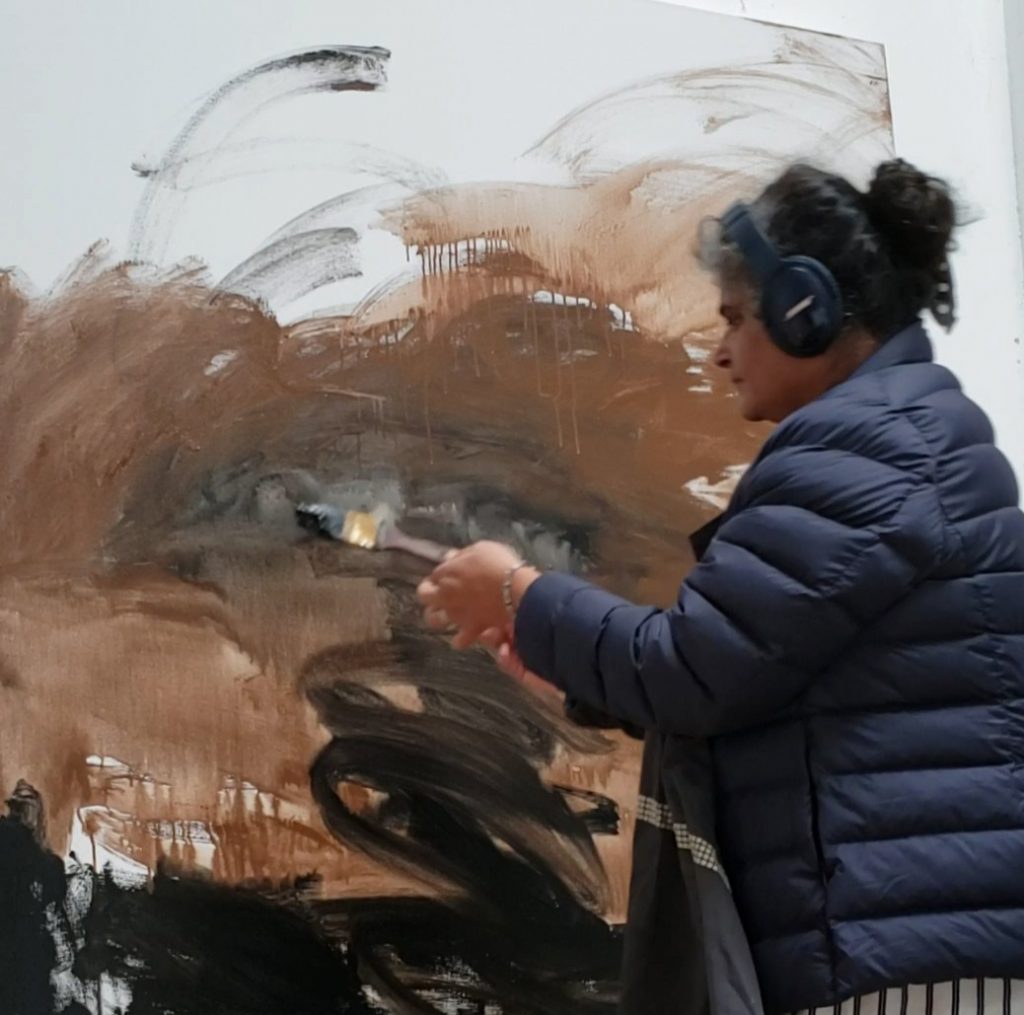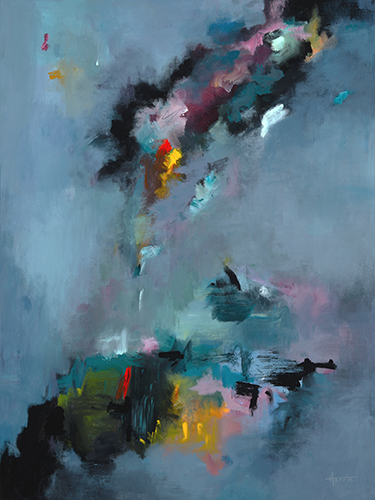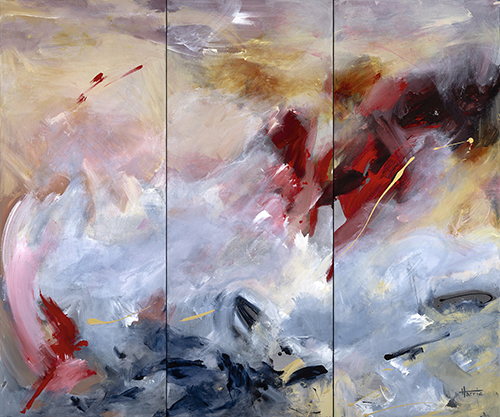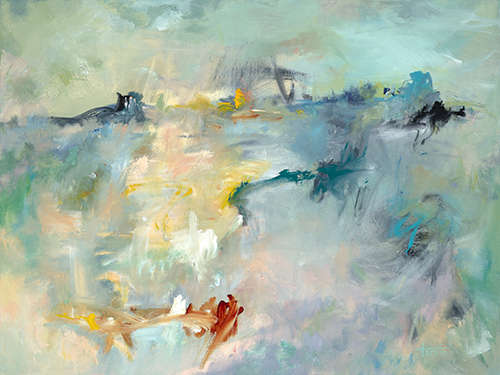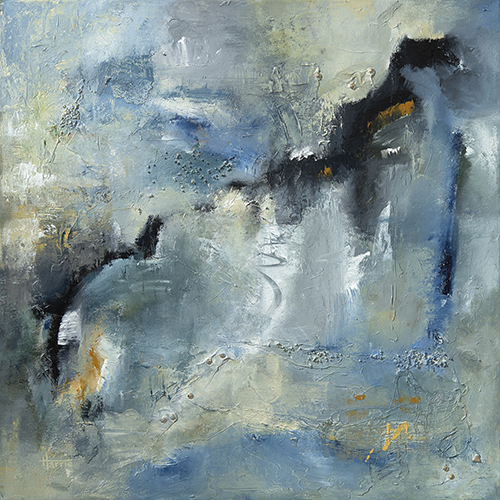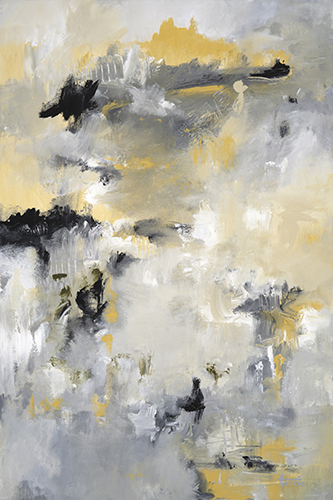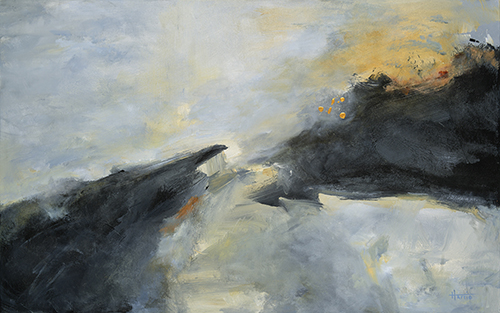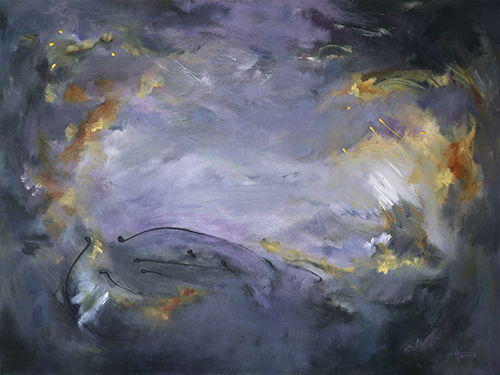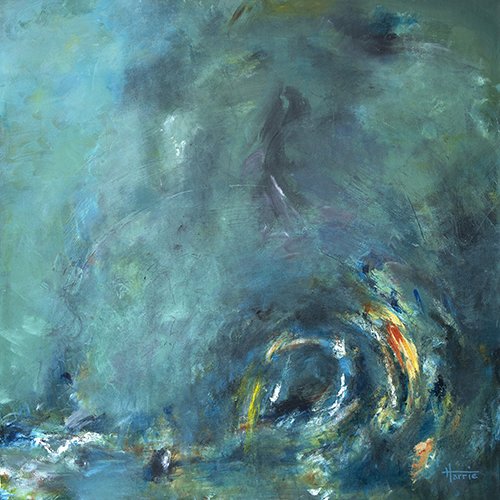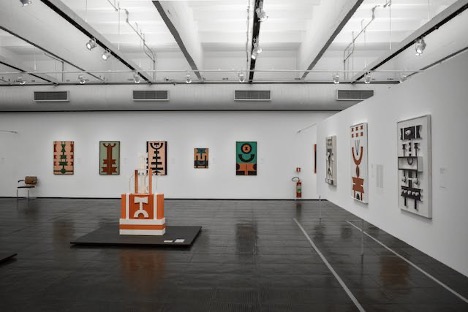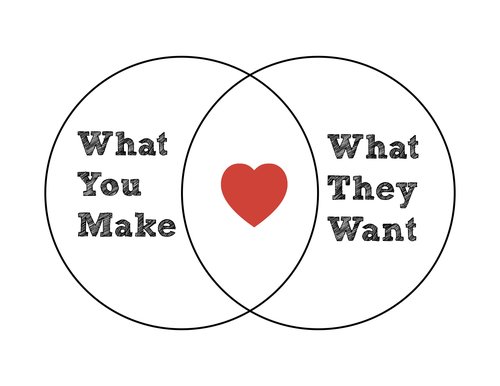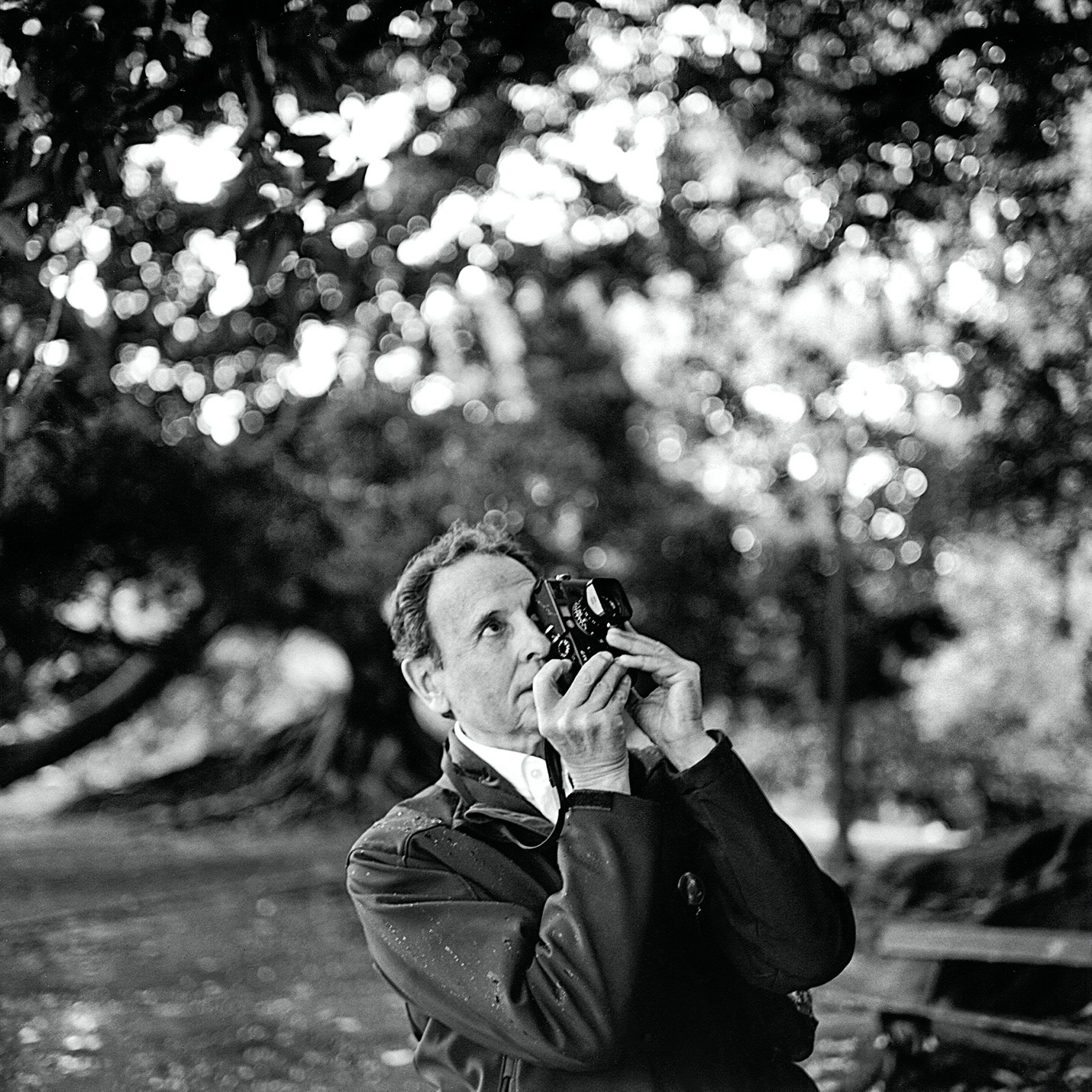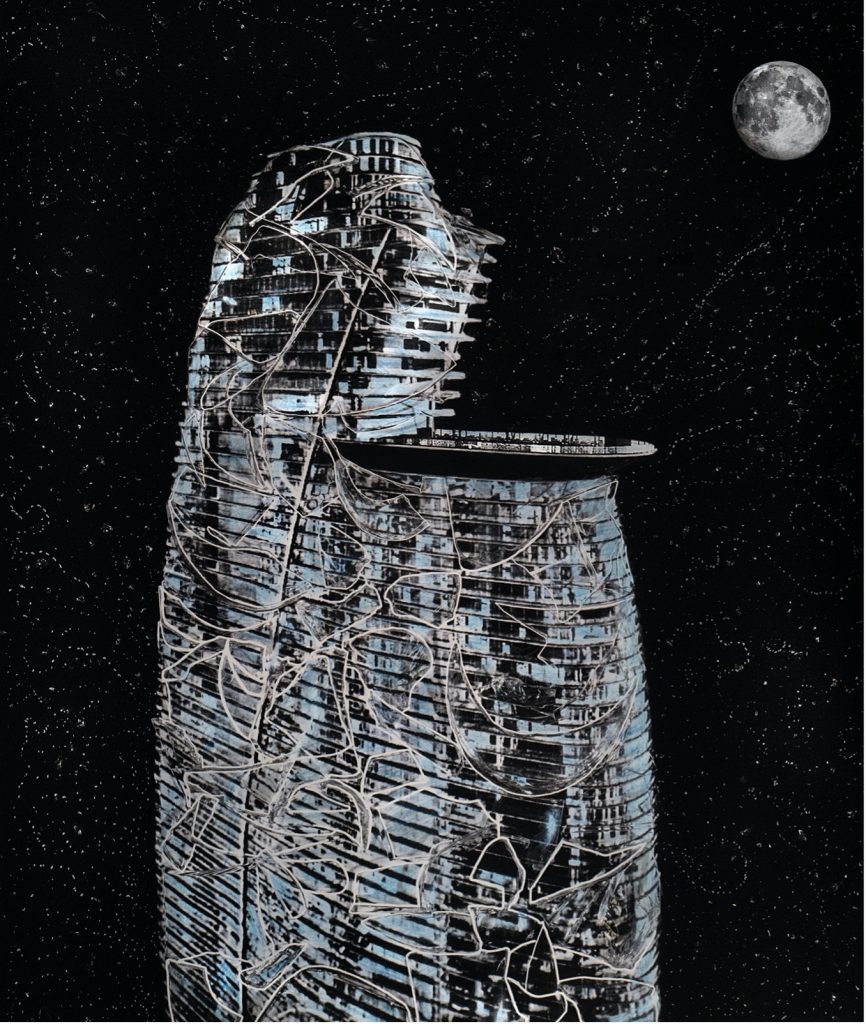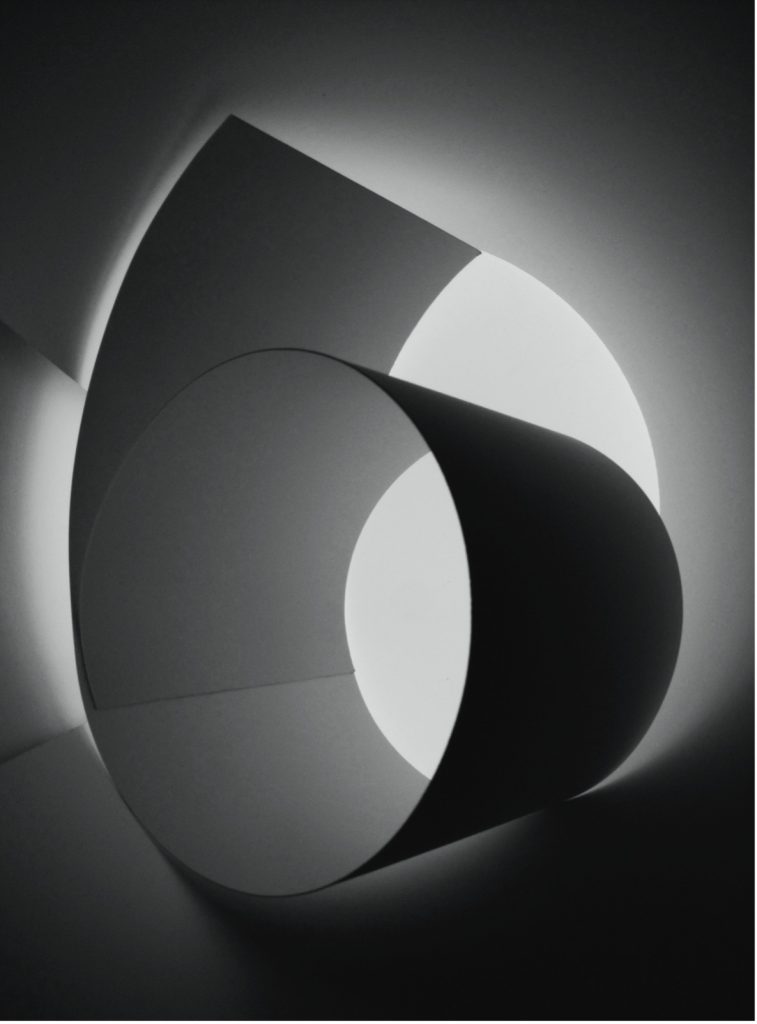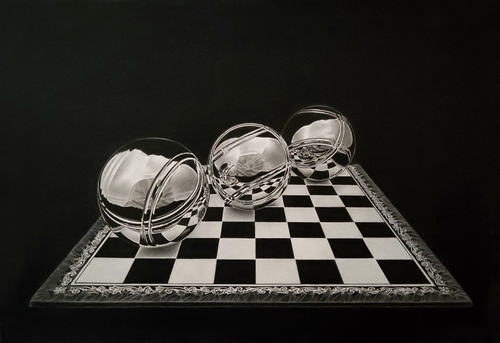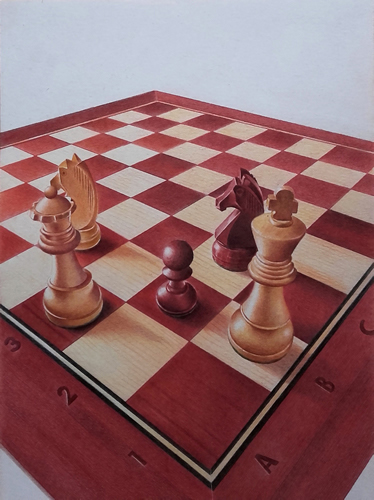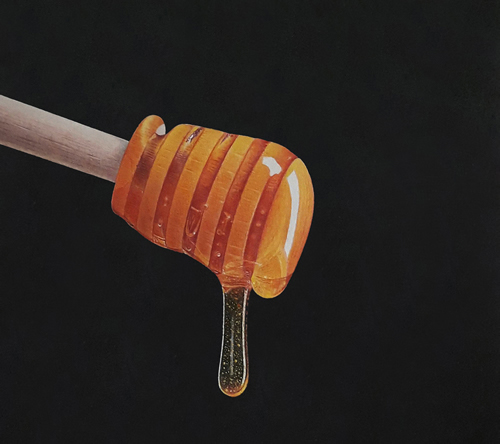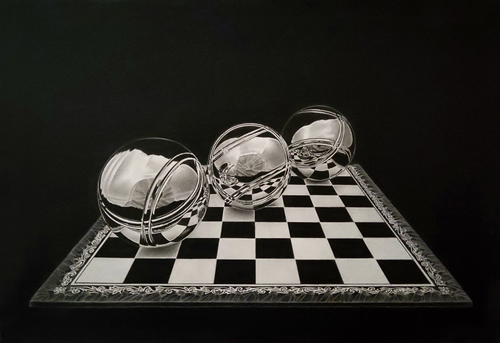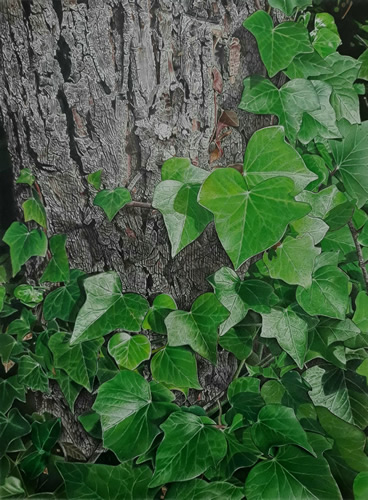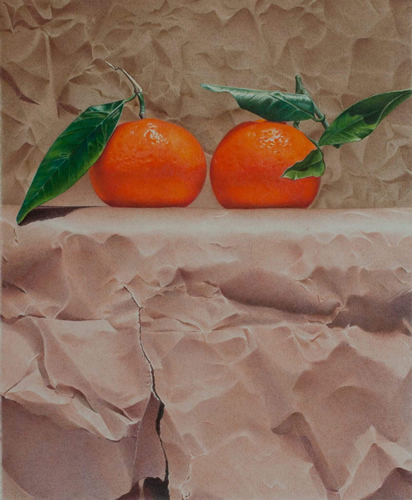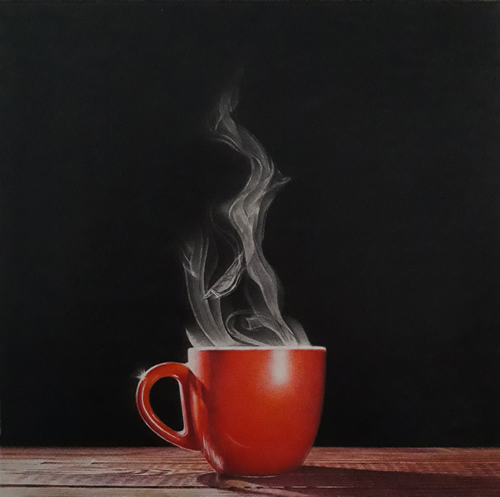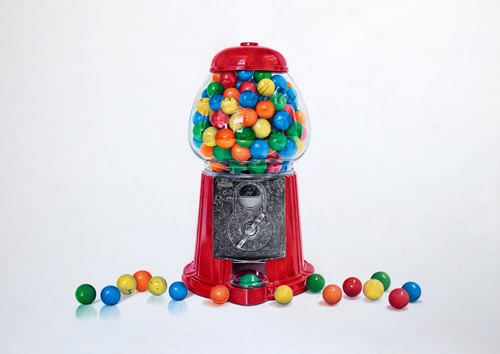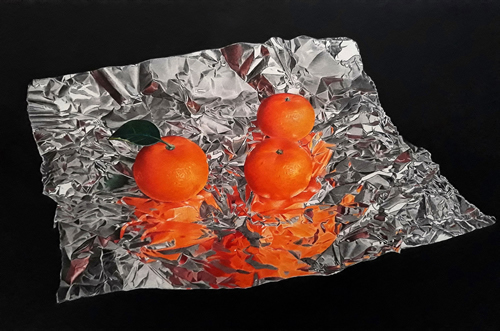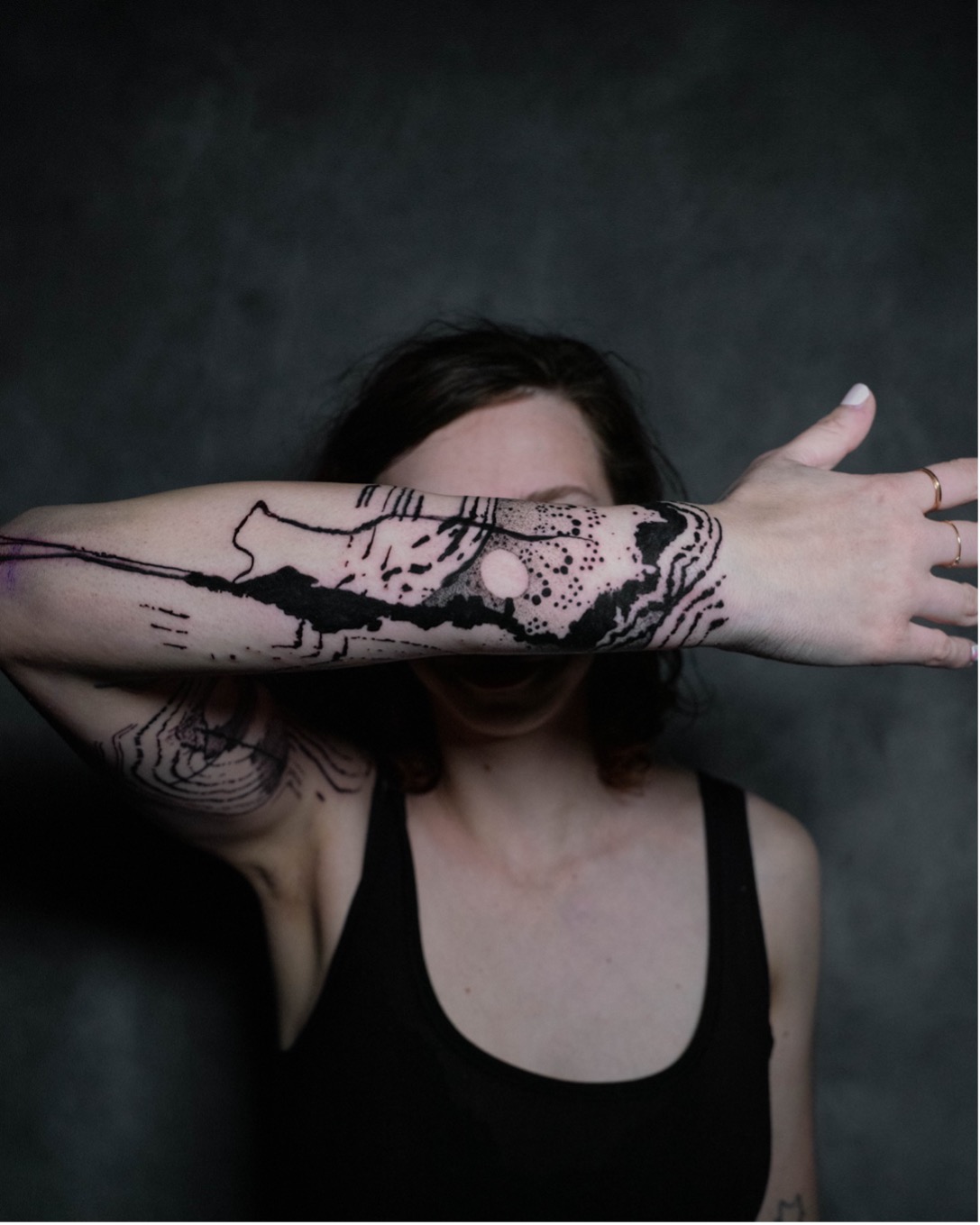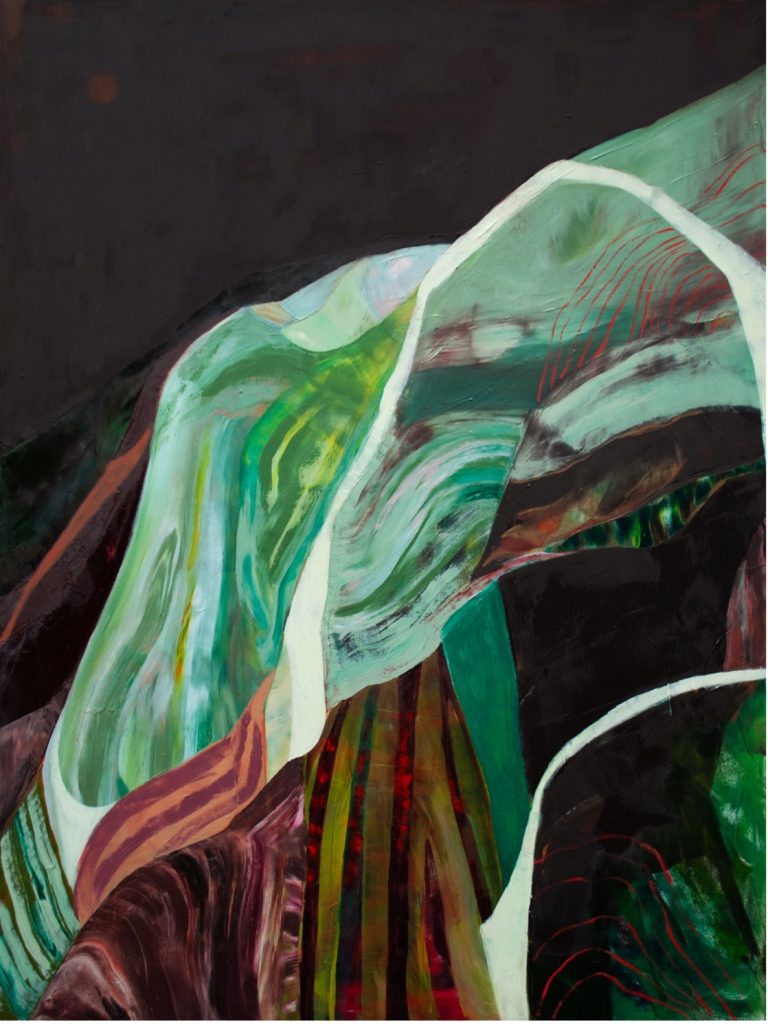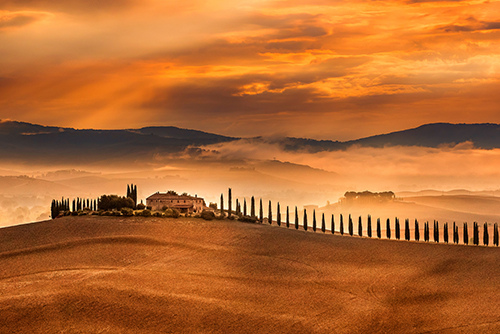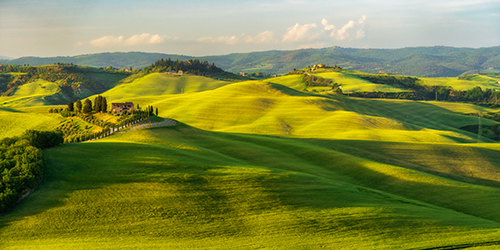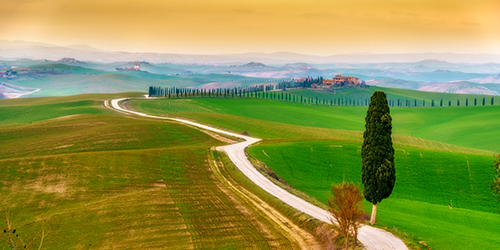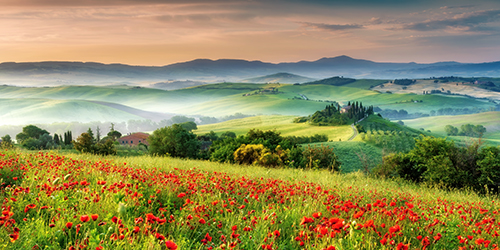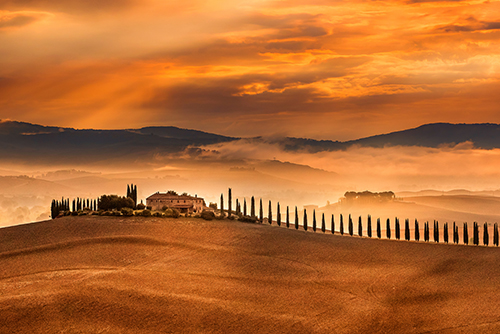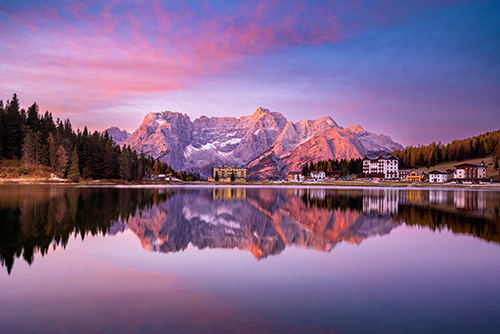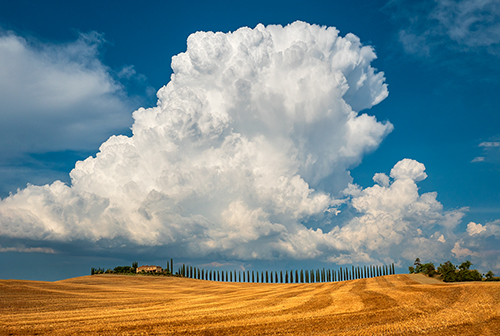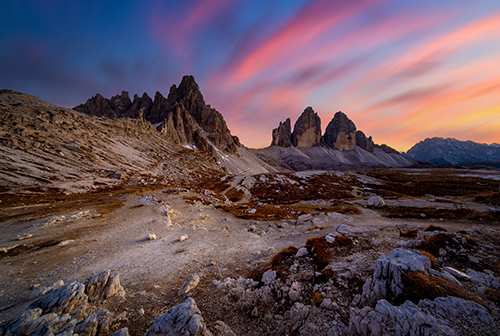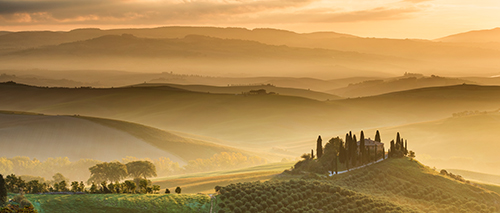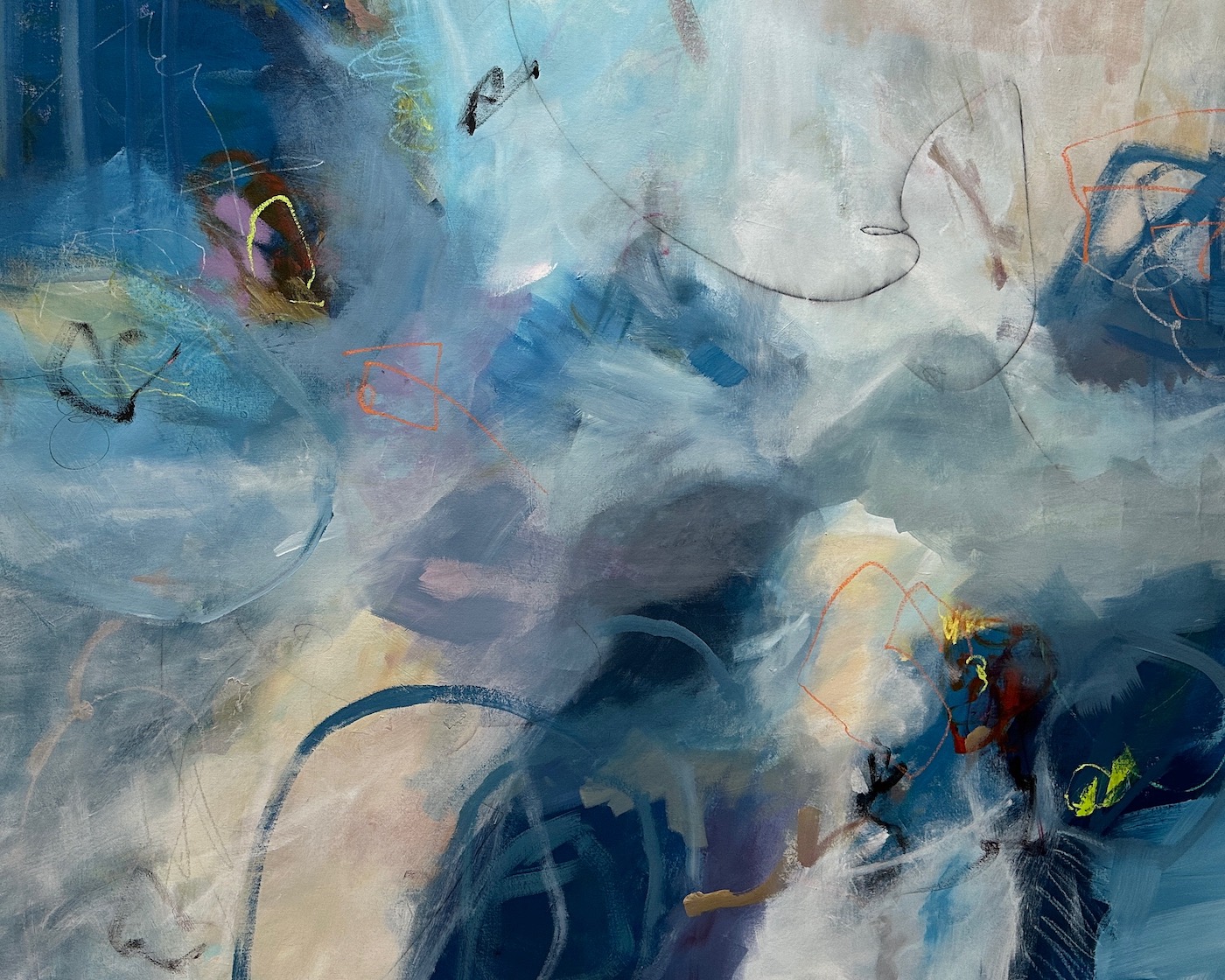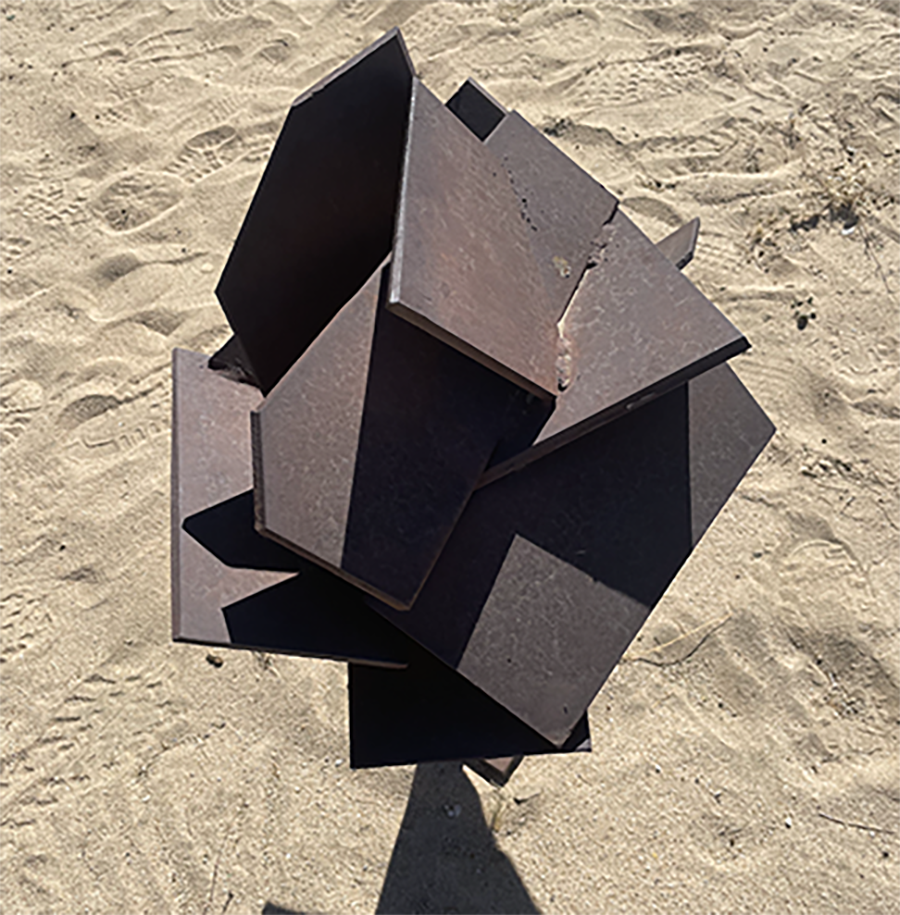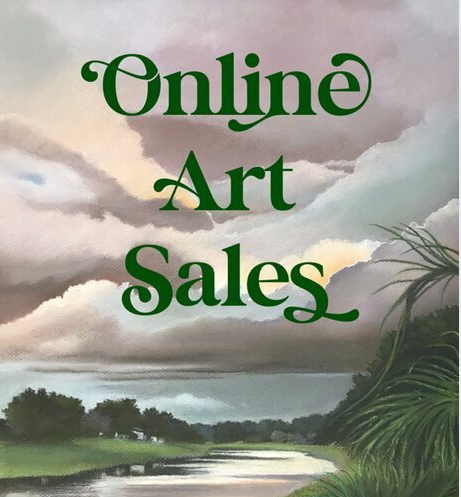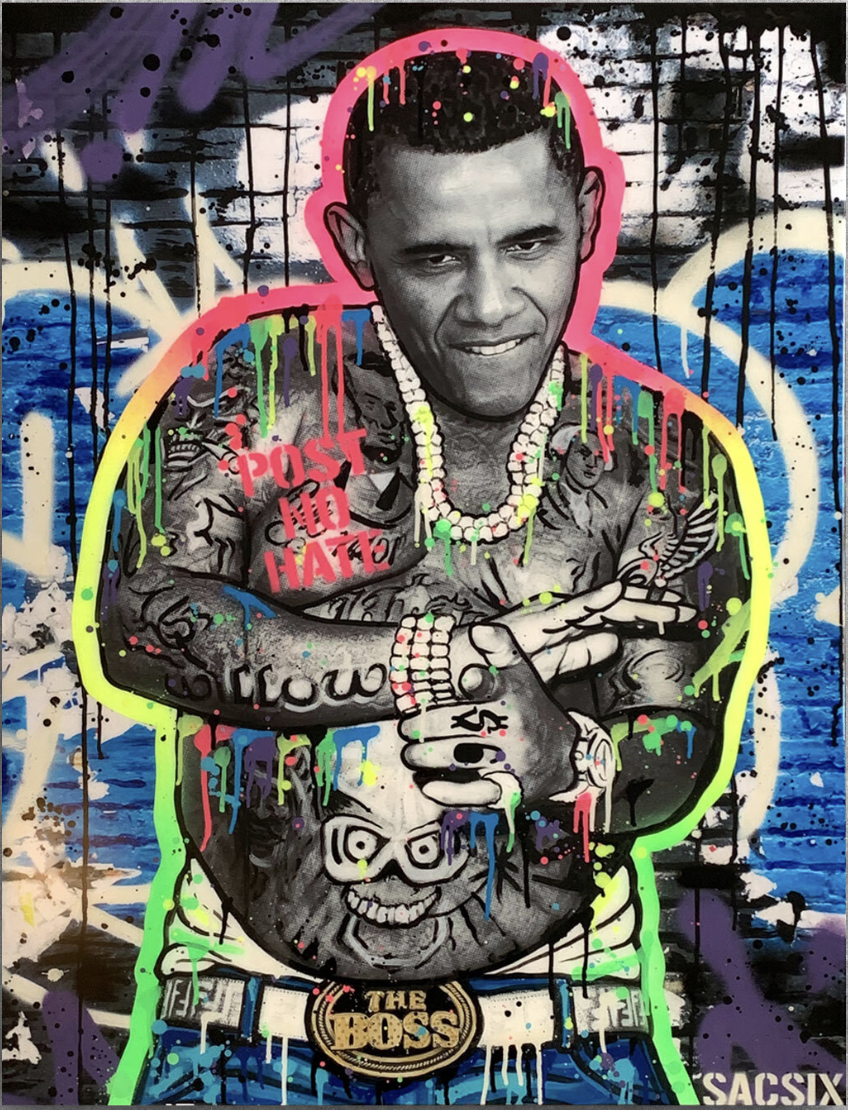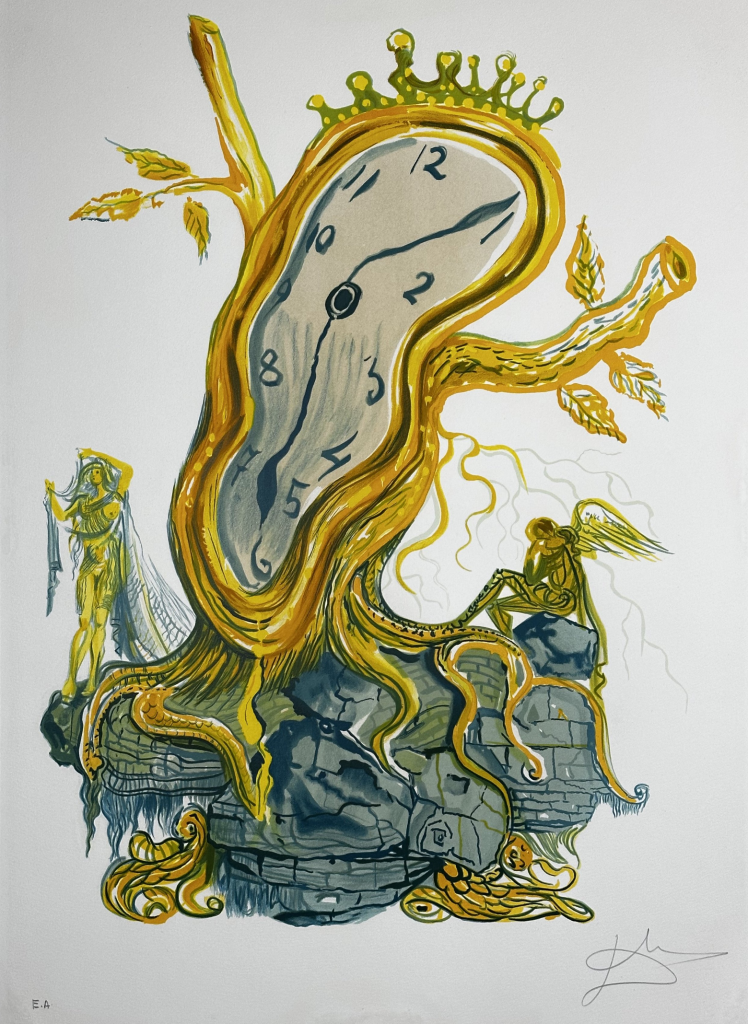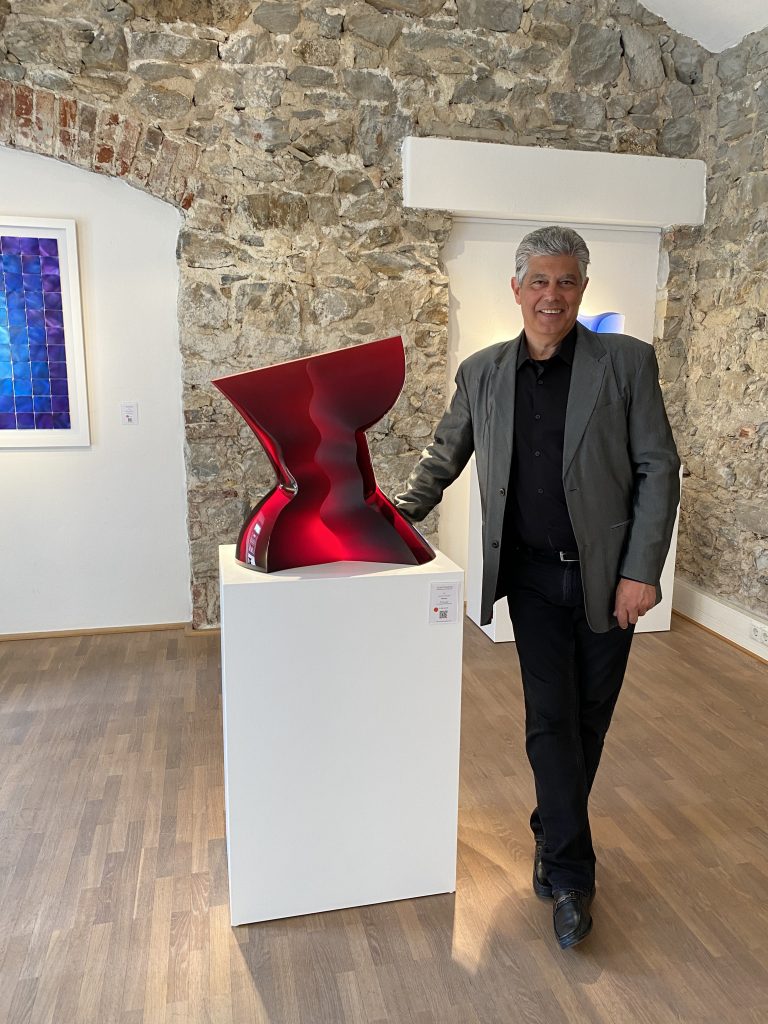Featured Artist Millicent Harvey | Artsy Shark
[ad_1]
California photographer Millicent Harvey captures the ethereal beauty of smoke trees and their desert environment. See more of her portfolio on her website.
“Up In Smoke” photography, sizes vary
Originally from Boston, Massachusetts, my photographic journey spans four decades. In my early years, I immersed myself in both fine art classes and hands-on training. I navigated the commercial realm of photography under the guidance of seasoned photographers.
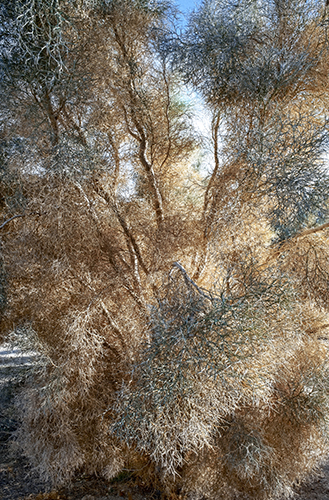
“Candescence” photography, sizes vary
In the last 15 years, my exclusive focus has been on landscape photography. It is a realm where my emotions, instincts and interests seamlessly intertwine. Presently, my lens captures the essence of landscapes for landscape architects, publications, and personal endeavors.
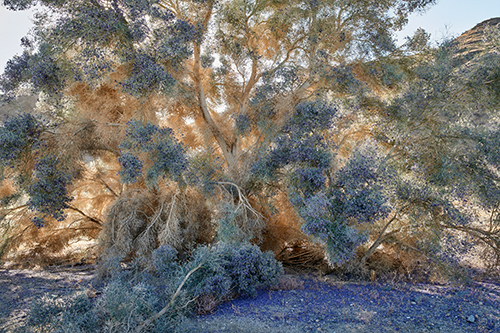
“Rhapsody” photography, sizes vary
For me, photography is a visceral connection between the subject and photographer. This connection is fueled by the elements that naturally inspire me. Light, shadow, atmosphere, and the dance they share with design elements like form, shape, line, patterns, and texture to transform the mundane into the beautiful. My aspiration is to reveal beauty and nuance in subjects often overlooked such as the Smoke Tree native to the desert washes in Palm Springs, California.
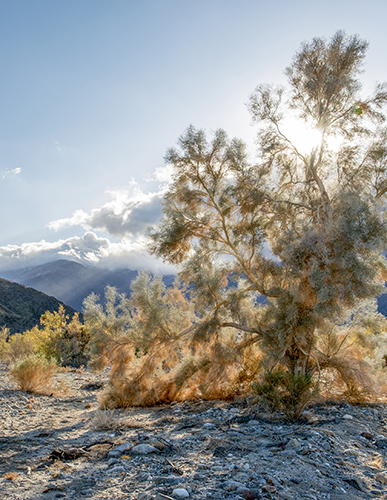
“Rejoice” photography, sizes vary
Having transplanted myself from Boston to Palm Springs in 2010, I was immediately captivated by the diverse desert flora. The Smoke Tree, a revered subject for plein air painters since the early 1900’s, became a focus of my photographic curiosity. Thriving in the desert washes, these trees became my teachers. I began understanding the nuances of desert light and the paradoxical beauty hidden in the seemingly barren landscape.
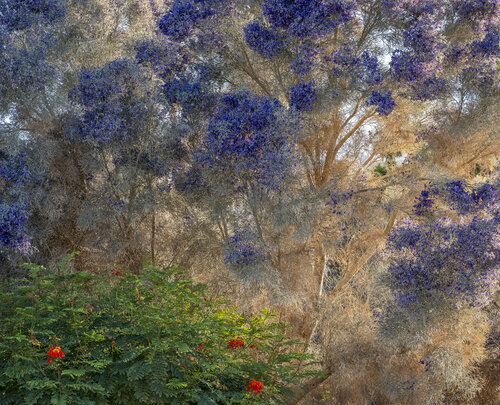
“Adieu” photography, sizes vary
Often dismissed as dry and lifeless, the desert pulses with a vibrant tapestry of beauty, color, and life. The Smoke Tree epitomizes this paradox. It appears soft and ethereal from a distance, but reveals an intricate structure of slender spines up close adorned with luminous color variations of grey-blue, sage green and ochre. Come early June, buds burst into deep indigo blue flowers, offering a brief two-week window to revel in their bloom. In this period I am dedicated to trekking through the desert washes, wholly engrossed in capturing this breathtaking sight.
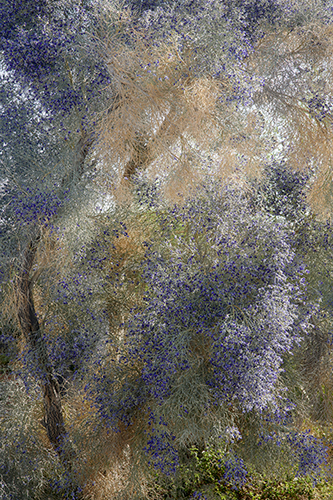
“Purple Majesty” photography, sizes vary
I use a medium format camera. My lens choices are geared towards capturing the viewer’s experience as if they were right there. This involves selecting lenses that closely replicate the natural vision of the human eye.
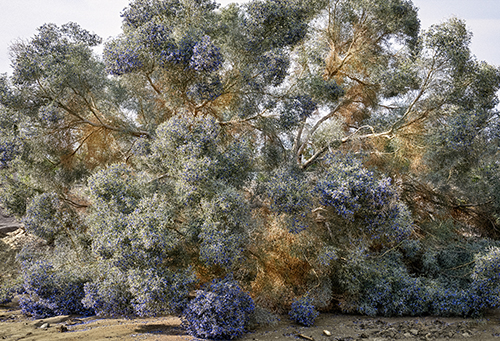
“Silent Burst” photography, sizes vary
Immersing myself in the extensive Smoke Tree project fostered a deep reverence for the desert. Though I photographed Smoke trees in various desert washes over the years, Araby Wash in Palm Springs emerged as my haven. It is a sanctuary I frequented throughout the seasons and times of the day. Regrettably, in 2019, torrential rains wiped out the Smoke Trees in Araby Wash.
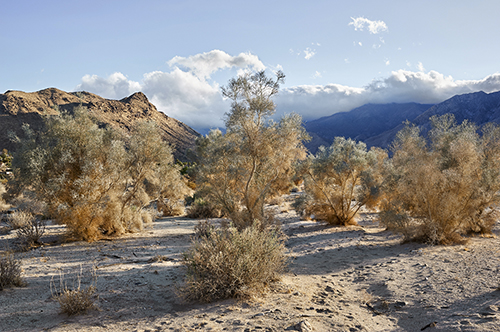
“Smoke Trees In Araby Wash” photography, sizes vary
Fortunately, I possess a distinctive and meaningful body of work. It is a one-of-a-kind testament, aiming to kindle inspiration for others to explore the hidden beauty of the desert.
Millicent Harvey invites you to follow on Instagram.
Want to stay current on cutting edge business articles from Artsy Shark, plus artist features, and an invitation to the next Call for Artists? Click below to sign up for our twice-monthly email. You’ll get all this plus opportunities and special offers that you can’t get anywhere else!
[ad_2]
Source link
